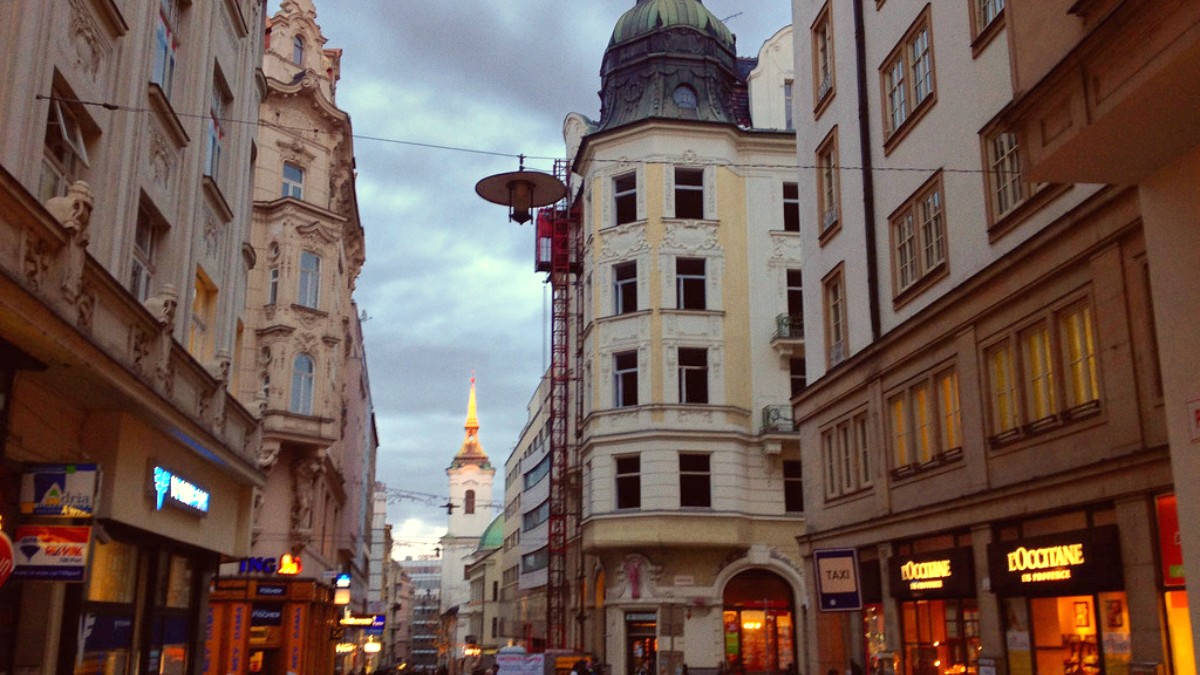
Moravia, Czech Republic
This city functions as an excellent starting point for exploring South Moravia, a region famous for its wine and picturesque landscapes. Prepare for a memorable journey where rich history meets contemporary life.
Upon arrival in Brno, note a palpable sense of innovation alongside its respect for the past. The city fosters a growing startup community, attracting young professionals and creative minds. This blend creates a dynamic urban environment.
Parks and green spaces are plentiful, providing places for relaxation and recreation within the city limits. This guide helps city navigation, maximizing your visit. It gives information for planning your stay, exploring attractions, and enjoying local culture. Discover why Brno is a destination for exploration.
Brno, the Czech Republic's second-largest city, is Moravia's largest city. It sits at the point where the Svitava and Svratka rivers meet, in the southeastern part of the country. Its position places it between the Bohemian-Moravian Highlands to the west and the Lower Moravian Valley to the east. This strategic location made Brno a connecting point for trade routes for centuries. Today, it remains a central hub for exploring the wider Moravian landscape and acts as a gateway to the South Moravian wine region.
The city’s geography shaped its historical and economic development. Rivers supplied water and facilitated early settlement. The surrounding hills and valleys afford both protection and fertile land. Being at the crossroads of ancient trade paths meant Brno was always a place of exchange and interaction. This historical role is still visible in its infrastructure and its modern function as a transport and economic center. The landscape around Brno varies, from gentle plains to more rolling hills, providing different outdoor activity opportunities.
Brno's position in South Moravia is especially appealing for those interested in wine. The region is the Czech Republic's premier wine-producing area.
From Brno, numerous vineyards and wine cellars are easily accessible. The city functions as a convenient base for day trips.
The scenic beauty of the wine region, with its terraced vineyards and charming villages, contrasting the urban environment.
The city's location also affords easy access to other parts of the Czech Republic and neighboring countries. Major transport routes connect Brno to Prague, Vienna, Bratislava, and Budapest.
Arrive by plane at nearby international airports and continue to Brno by bus or train, making your journey seamless.
Brno itself is not a sprawling metropolis. Its city center is compact and walkable, letting visitors experience its core attractions on foot. The two rivers, Svitava and Svratka, flowing through the city, afford pleasant riverside paths for walking and cycling. These waterways extend the city's green infrastructure, making natural spaces within the urban fabric. The combination of urban convenience and access to natural beauty makes Brno a balanced destination.
The city's elevation is relatively low, contributing to its generally temperate climate. This elevation means you will not encounter altitude sickness concerns here. The surrounding areas, including the Moravian Karst to the north, boast diverse geological features.
This karst region, with its caves and sinkholes, has unique natural wonders just a short trip from the city. Brno’s geographical setting presents a rich backdrop for its historical and cultural attractions. This strategic placement helps make Brno an efficient and enjoyable travel destination.
Consider Brno's location when planning your trip's logistics. Its central position in Moravia means less travel time to regional attractions. Its excellent transport links to nearby capitals mean you combine your visit with other European cities. You use it as a hub for exploring a wider area, making your travel experience more comprehensive.
Brno’s history stretches back to the 11th century. It began as a castle settlement and grew into a royal city in 1243. From the 14th century, it served as the capital of the Margraviate of Moravia. Later, it became a significant center within the Habsburg Monarchy. The city had an important part in European history, notably enduring a Swedish siege during the Thirty Years' War in 1645.
During the Industrial Revolution, Brno became a major industrial hub, earning the nickname "Moravian Manchester." Its rich past shows in its diverse architecture, from medieval fortresses to modernist villas.
The city's origins as a castle settlement indicate its strategic importance. The Špilberk Castle, perched on a hill, is a lasting symbol of Brno's medieval power and its later role as a formidable fortress and prison.
Brno’s resilience met testing during the Thirty Years' War. The successful defense against the Swedish siege in 1645 is a source of local pride, commemorated annually by the Petrov Cathedral bells ringing at 11:00 AM.
Under the Habsburg Monarchy, Brno flourished as an administrative and economic center. The 19th century brought the Industrial Revolution, with the textile industry earning it the "Moravian Manchester" moniker.
The 20th century brought new architectural styles, especially functionalism. Brno became a hub for this modernist movement between the two World Wars. Villa Tugendhat, an UNESCO World Heritage site, is a premier example of this architectural style.
Brno is recognized for its functionalist architecture, a thriving culinary scene, and a lively cultural calendar. Several universities call Brno home, contributing to a bustling student population and a growing startup community. The city boasts a well-preserved historic center, numerous green spaces, and a relaxed atmosphere compared to Prague.
The city’s historic center is a joy to explore on foot. Its cobbled streets lead to squares like Freedom Square and Cabbage Market.
Landmarks like the Old Town Hall and the Petrov Cathedral are easily accessible. The compact nature of the center allows for relaxed sightseeing.
Green spaces provide peaceful retreats within the city. Lužánky Park, the oldest public park, and Denis Gardens offer recreation and relaxation.